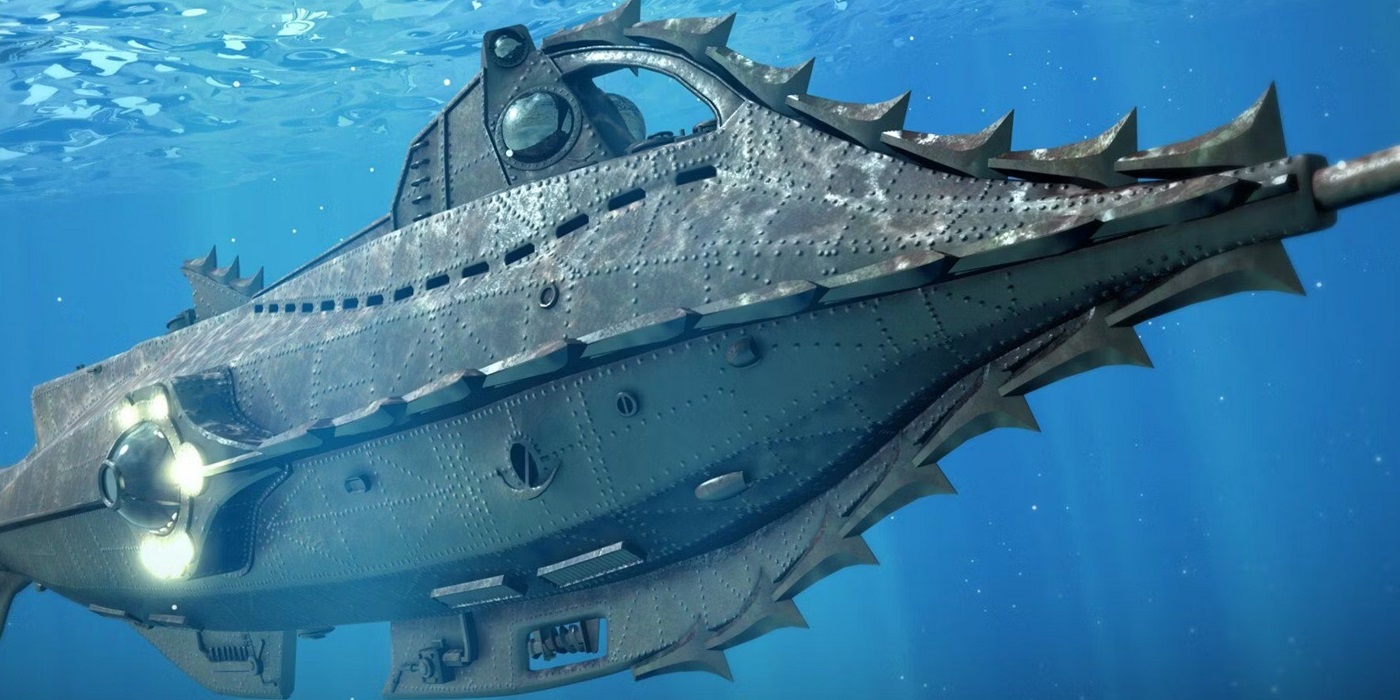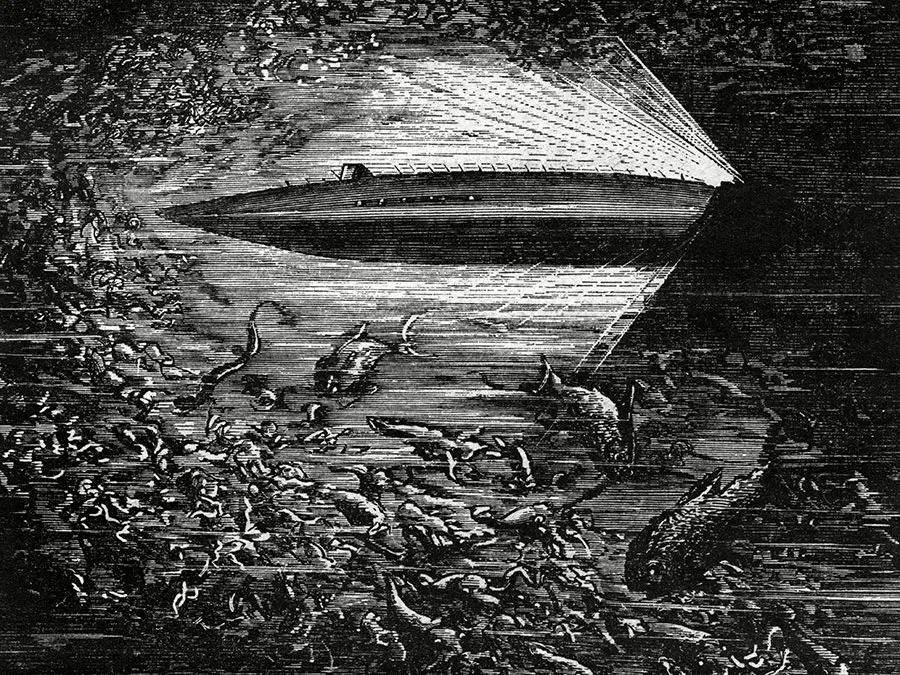Hiding Nemo; 20,000 Leagues Under the Sea – The Nautilus Breakdown


The original sci-fi ship is so extraordinary its in a league of its own. We break down the one and only Nautilus.
Long before humanity braved the stars, one vessel ventured into the unknown. Deep beneath the ocean, but not, in fact, 20,000 leagues deep, traveled the Nautilus. Captained by a mysterious man, best known as Nemo, the Nautilus explored the ocean’s depths, and science’s unknown frontiers.
But at the heart of it all, a painful wound. A seed of vengeance, planted by hatred, oppression, and British Imperialism. Who built the Nautilus? How did it come to be? It all comes down to the ship’s captain and constructor, an enigmatic prince in exile.
The Nautilus – Origins
Sometime before the year 1868, in Bundelkhand, India lived the son of a Raja, known as Dakkar. Dakjar was a scientific prodigy, but one born into a world filled with the oppressive flaws of humanity. Especially with British Imperialism, but you know, humanity’s follies too.
At any rate, at some point, Dakkar vanished, emerging later as Captain Nemo. As Captain, Nemo built a vessel worthy of the treasures of the ocean. A vessel that could travel beneath the waves, in those few remaining uncharted territories on planet Earth.
Deep beneath the sea, lurked the Nautilus. The Nautilus was described as a masterpiece containing masterpieces. Each piece of its constructions signified a major advance in technology, all bound up in a ship that Nemo hid from the rest of the world. Enraged at the tyranny of Imperialism, Nemo used the Nautilus to live a life in exile. Research, maritime exploration, and the occasional bit of sinking “ships of the line” were the day-to-day, a process made all the easier by the ship itself.
A Masterpiece Containing Masterpieces
The Nautilus was a very long cylinder with conical ends. Taking the shape of a cigar—a shape already adopted in London for several projects of the same kind—the Nautilus measured seventy meters in length and eight meters in width. With long, gradually tapering lines, the Nautilus could move through the water with ease. An impressive feat, considering the vessel’s total surface area was 1,011.45 square meters and its volume 1,507.2 cubic meters — which is tantamount to saying that when it’s completely submerged, it displaces 1,500 cubic meters of water, or weighs 1,500 metric tons.
It was powered by a specially designed electrical reactor, fueled by sodium/mercury batteries, made via extraction from seawater. Coal could be mined from the sea floor to help power the energy needed to extract the sodium from the seawater. While the batteries provided the energy necessary for propulsion and other “conveniences.”
The vessel’s top speed was 43 knots (or 50 miles per hour). And it made use of floodable tanks to adjust its buoyancy and control its depths. The peculiar design of the pump system was so powerful that it produced large sprays of water as the Nautilus emerged from the surface of the water. Which lent credence to rumors that the vessel was a species of deep-sea creature as yet undiscovered by Science.
Nemo designed the ship to function underwater at length. Among its crowning achievements were machines that could make drinking water from seawater. And an air exchange system that allowed the vessel to exchange stale air for fresh air.
The Nautilus – Luxury and Violence Beneath the Waves
Most of the ship was dedicated to research and comfort. As an extended underwater base, the Nautilus afforded its crew luxury unequaled in other ocean-going ships. Including a library of twelve-thousand books, boxed collections of the oceanic specimen, and works of art from around the world.
Captain Nemo even managed to fit a fully-functioning pipe organ into the ship to entertain himself for an evening. And yet, comfort was only one part of the ship’s purpose. For the Nautilus was also an instrument of revenge.
Her signature weapon was a ramming prow. A long, sharp spike that could puncture vessels below the waterline, sinking them without a trace of cannon fire or other modern weapons. The Nautilus’ metal-clad exterior was double-hulled, which protected it from conventional weapons of the time. If only it could have lasted.
Now the Nautilus has inspired advanced vessels meant to travel in unknown places, from other dimensions to spaces beyond the stars








